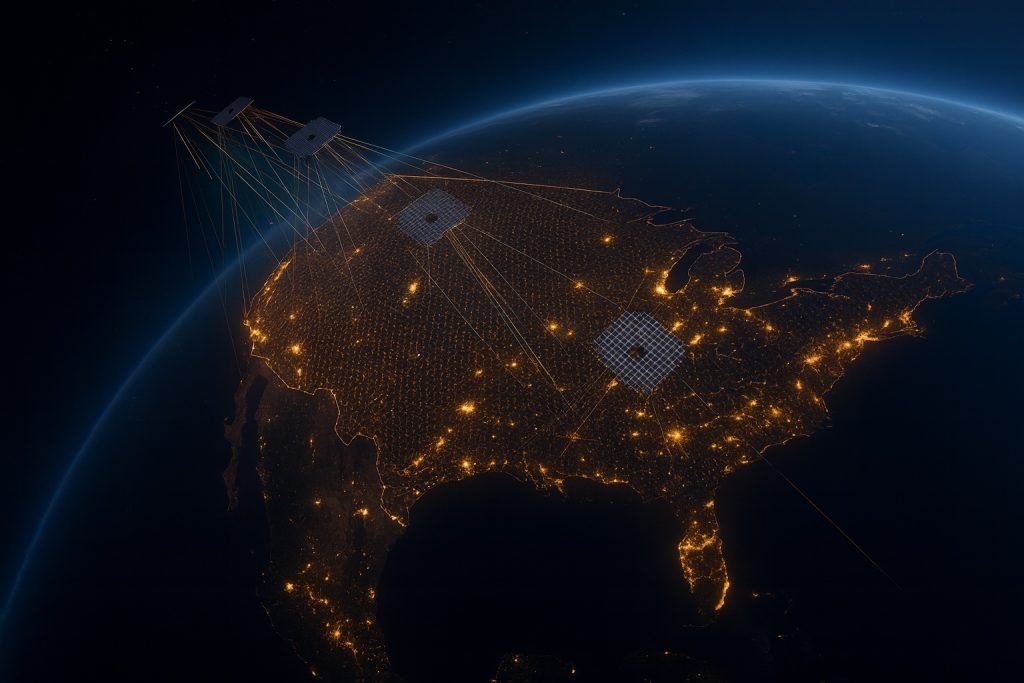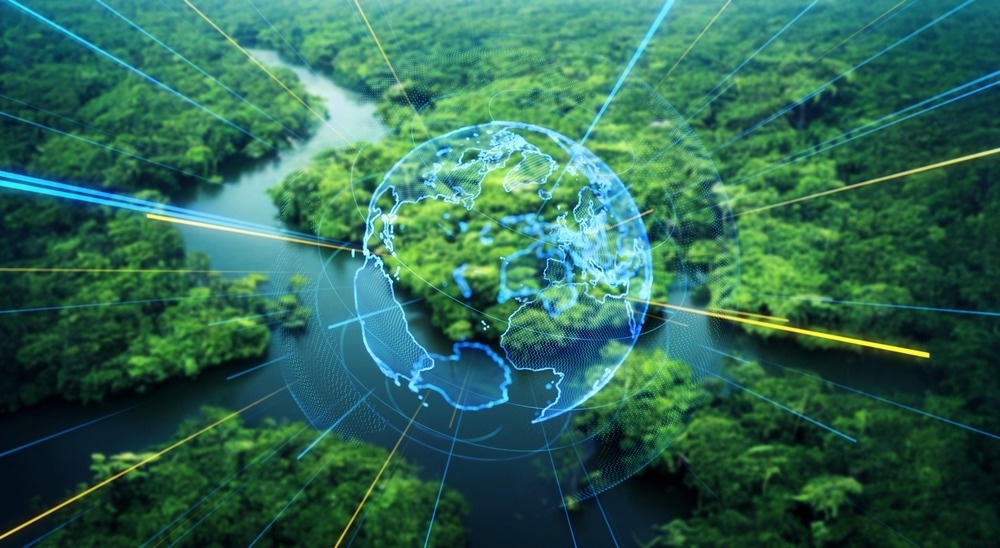Introduction
Quantum metrology is transforming environmental monitoring by enabling measurements of fundamental physical properties with a level of precision that surpasses classical sensor technology[1]. This emerging field exploits quantum phenomena such as superposition, entanglement, and tunneling to detect minute changes in atmospheric composition, oceanic conditions, and terrestrial environments, thereby providing the critical data needed for refining climate models and enhancing disaster prediction capabilities[6].
Principles of Quantum Sensing

Quantum sensors utilize the intrinsic properties of atoms, ions, and photons to measure key environmental parameters with unparalleled sensitivity, detecting trace concentrations of greenhouse gases and subtle shifts in physical fields that conventional sensors may overlook[1]. Techniques such as quantum cascade laser absorption spectroscopy and the use of nitrogen–vacancy centers in diamond allow these sensors to capture variations at the parts-per-billion level, opening new avenues for high-fidelity environmental monitoring[11].
Impact on Climate Models and Disaster Prediction

By delivering highly precise measurements of factors such as soil moisture, atmospheric water vapor, ice sheet dynamics, and ocean acidification, quantum sensors are critical for refining climate models and improving future climate projections[7]. This unprecedented sensitivity supports real-time disaster prediction by enabling early detection of changes that precede extreme weather events or flooding, which in turn facilitates more effective emergency responses and informs policymakers in developing adaptive strategies[8].
Satellite Integration and Advanced Monitoring
Quantum sensors are not confined to ground-based applications but are also being integrated into satellite platforms to enhance global climate monitoring[7]. Deployed in space, these sensors can track minute variations in the Earth's gravitational field, which reflect changes in ocean heat storage, polar ice melt rates, and other dynamic environmental processes, thereby providing a continuous, high-resolution picture of the planet's climate[10].
Data Policy and Standardization
Reliable climate monitoring requires the establishment of robust data policy frameworks that ensure the accuracy, traceability, and consistency of measurements over time and across geographical regions[10]. Quantum metrology inherently delivers data that is anchored in SI units, making comparisons between diverse data sets more meaningful and supporting evidence-based policy decisions[2]. Furthermore, as quantum sensor technology matures, it becomes increasingly critical to address technical challenges such as noise reduction, calibration procedures, and secure data sharing to maintain the integrity of the information used for global climate assessments[11].
Broader Applications and Future Outlook
In addition to environmental monitoring, quantum sensors are making strides in fields such as medical diagnostics, precision navigation, and materials science, thereby demonstrating their versatile societal benefits[9]. For climate action, the enhanced measurement capabilities offered by quantum metrology facilitate not only a more accurate depiction of climate trends but also support the optimization of resource management in agriculture and urban infrastructure, ultimately contributing to a more sustainable future[3]. As advances in quantum computing, miniaturization techniques, and error correction continue, the scope and precision of quantum metrology are expected to grow, further bolstering its role in mitigating climate change and enhancing disaster preparedness[12].
Conclusion
Quantum metrology is rapidly advancing the precision and reliability of climate monitoring by leveraging quantum sensors capable of detecting environmental variations that have long eluded classical measurement methods[1]. The integration of these sensors into satellite platforms, combined with the development of stringent data policies and standardized measurement protocols, is poised to revolutionize climate modeling and disaster prediction, ultimately supporting more informed and effective global climate strategies[10].
Get more accurate answers with Super Pandi, upload files, personalized discovery feed, save searches and contribute to the PandiPedia.
Let's look at alternatives:
- Modify the query.
- Start a new thread.
- Remove sources (if manually added).





